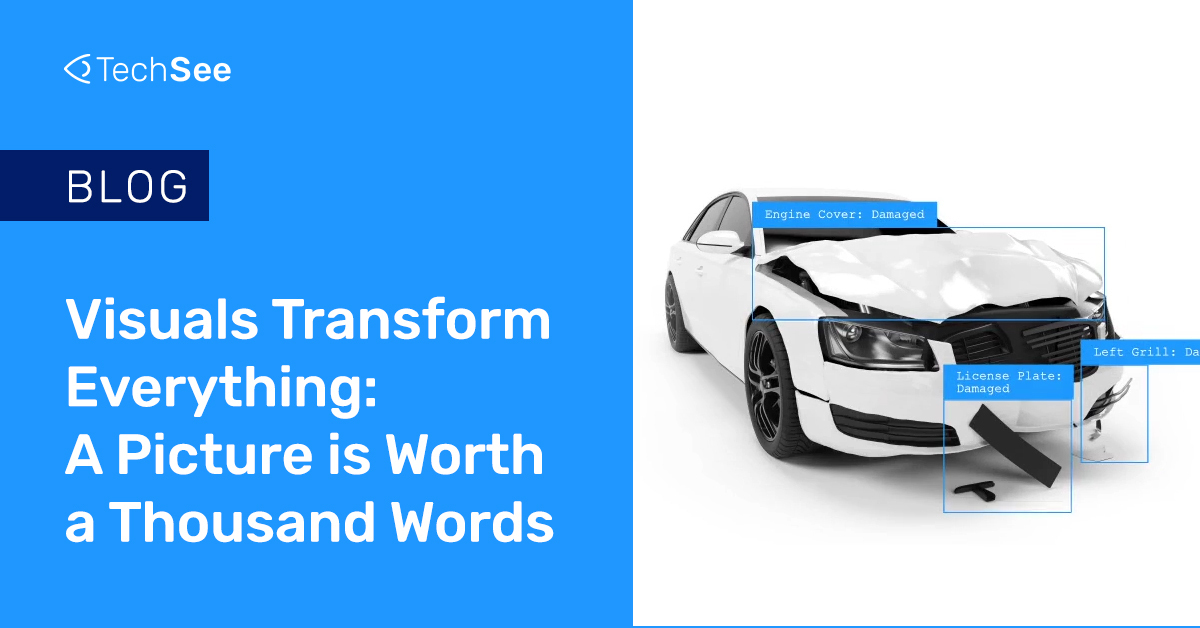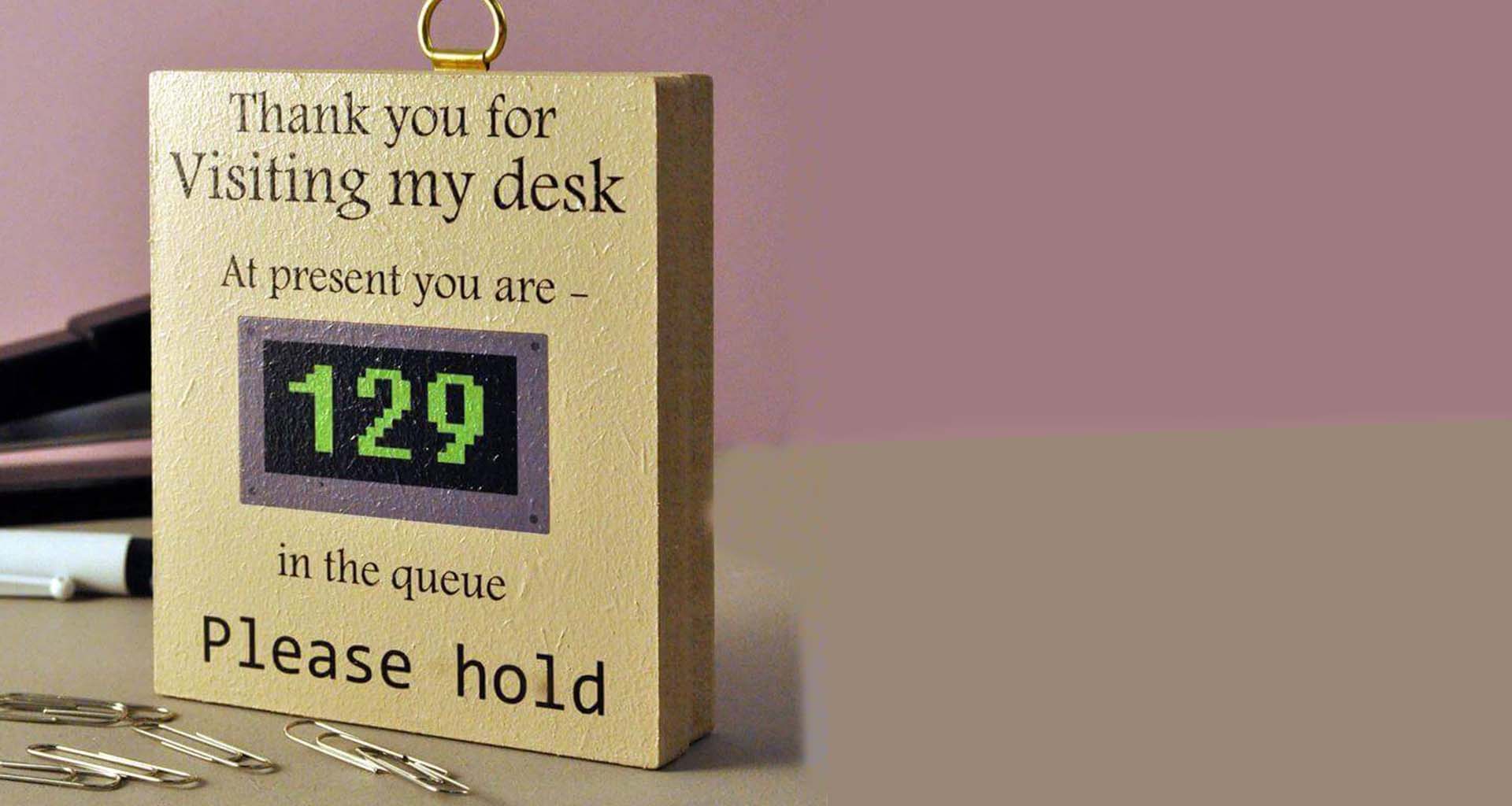Contents
Have you seen one of those viral videos where a toddler put on glasses for the first time? In one uplifting moment, their entire world is changed. The awe, the recognition, the connection — all captured in an instant.
This is the power of visuals. A picture is worth a thousand words. In service, a single picture represents seven minutes of conversation. Visuals have the power to communicate far more than words. What would take pages to describe, can be seen and understood in seconds. From ancient cave paintings to Instagram stories, humans have always relied on visuals to share, learn, and connect. Visual customer engagement is critical, especially in the context of customer experience and service. Here’s why.
The Visual Age: More Than Meets the Eye
In today’s fast-paced world, where attention spans are shorter than a TikTok video, visuals have become more critical than ever. Consider this: the human brain processes images 60,000 times faster than text. Visuals are the shortcut to understanding.
Think about it. When you open the box of a new product, are you more likely to dive into a dense manual or reach for the quick-start guide? There’s a reason why the “quick” way almost always uses images. Visuals simplify complexity, making information accessible and understandable.
This is why chatbots and first-line contact center representatives struggle with troubleshooting questions. Without visuals, they lack the information and context to guide the user to full resolution. Showing your problem and seeing the solution instantly provides clarity and context.
The Power of Visuals: A Picture vs. Many, Many Words
To illustrate the power of visuals for walking through a process such as troubleshooting your router issue, let’s try a quick exercise. Imagine you need to explain to someone how to tie a shoelace using only words. Let’s also imagine that the person you are speaking with is not a native English speaker and comes from a culture that only wears sandals. They have never even seen shoelaces.
You might say:
“First, take one lace in each hand. Cross the right lace over the left lace and pull it through the hole to form the first knot. Make a loop with the right lace, then take the left lace and wrap it around the loop, pulling it through to form a second loop. Pull both loops tight.”
Now, imagine how hard it is to be on the other side of that conversation. You need to understand new words and concepts without the context for how to do this. The conversation will be confusing, frustrating for both parties and unlikely to result in a properly tied pair of shoes.
That is often the experience of a customer trying to receive technical assistance – “Okay, you want me to unplug the what? And then plug into the thingie? What’s that called again?”
What if the customer missed a crucial step along the way, or if they laced up their shoes incorrectly before they even called you? How would the service agent who is trying to help them know that?
Visuals in Action: Real-World Solutions
At the end of the day, visuals provide context and clarity – closing communications and experience gaps, while providing invaluable context. Here’s a real-world example of the power of visuals in action:
A major telecom executive recently shared that his mother was complaining that her internet didn’t work. He asked for a picture of her issue, and everything appeared to be plugged into the router. When he visited her home, he realized that the other end of the cable wasn’t plugged into the wall.
To quote this executive, “There is no way I would have figured that out over the phone, in a chat, or with just a single image. Now I understand why my support teams use live video from TechSee.”
Let’s consider another similar example:
Last week, my son called to tell me that the internet in our kitchen kept dropping out. I ran multiple remote support calls with the internet provider, but they couldn’t figure out why this one mesh node kept dropping off.
They dispatched a technician to troubleshoot the issue. Four days later, the technician arrived, only to discover that our cleaner moved the mesh node into the same cabinet as our microwave. Anytime someone was cooking, our internet speeds dropped substantially.
A single TechSee Live visual session could have avoided multiple support calls, customer frustration, and a very expensive technician dispatch.
These are just a few of the examples of what is possible when adding the power of visuals to customer service. It’s truly a game changer, and adding visuals to AI is a force multiplier of its own.
Ready to see how easy it can be to transform CX with visuals?






